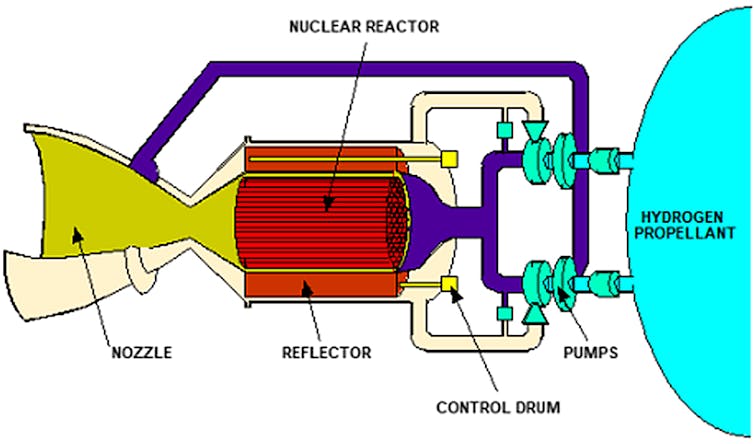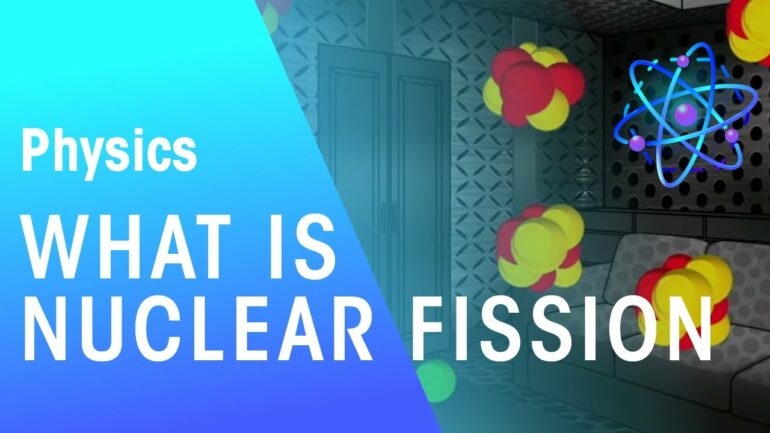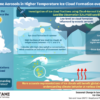NASA plans to send crewed missions to Mars over the next decade – but the 140 million-mile (225 million-kilometer) journey to the red planet could take several months to years round trip.
This relatively long transit time is a result of the use of traditional chemical rocket fuel. An alternative technology to the chemically propelled rockets the agency develops now is called nuclear thermal propulsion, which uses nuclear fission and could one day power a rocket that makes the trip in just half the time.
Nuclear fission involves harvesting the incredible amount of energy released when an atom is split by a neutron. This reaction is known as a fission reaction. Fission technology is well established in power generation and nuclear-powered submarines, and its application to drive or power a rocket could one day give NASA a faster, more powerful alternative to chemically driven rockets.
NASA and the Defense Advanced Research Projects Agency are jointly developing NTP technology. They plan to deploy and demonstrate the capabilities of a prototype system in space in 2027 – potentially making it one of the first of its kind to be built and operated by the U.S.
Nuclear thermal propulsion could also one day power maneuverable space platforms that would protect American satellites in and beyond Earth’s orbit. But the technology is still in development.
I am an associate professor of nuclear engineering at the Georgia Institute of Technology whose research group builds models and simulations to improve and optimize designs for nuclear thermal propulsion systems. My hope and passion is to assist in designing the nuclear thermal propulsion engine that will take a crewed mission to Mars.
Nuclear versus chemical propulsion
Conventional chemical propulsion systems use a chemical reaction involving a light propellant, such as hydrogen, and an oxidizer. When mixed together, these two ignite, which results in propellant exiting the nozzle very quickly to propel the rocket.

Scientists and engineers are working on nuclear thermal propulsion systems that would take hydrogen propellant, pump it into a nuclear reactor to generate energy and expel propellant out the nozzle to lift the rocket.
NASA Glenn Research Center
These systems do not require any sort of ignition system, so they’re reliable. But these rockets must carry oxygen with them into space, which can weigh them down. Unlike chemical propulsion systems, nuclear thermal propulsion systems rely on nuclear fission reactions to heat the propellant that is then expelled from the nozzle to create the driving force or thrust.
In many fission reactions, researchers send a neutron toward a lighter isotope of uranium, uranium-235. The uranium absorbs the neutron, creating uranium-236. The uranium-236 then splits into two fragments – the fission products – and the reaction emits some assorted particles….



